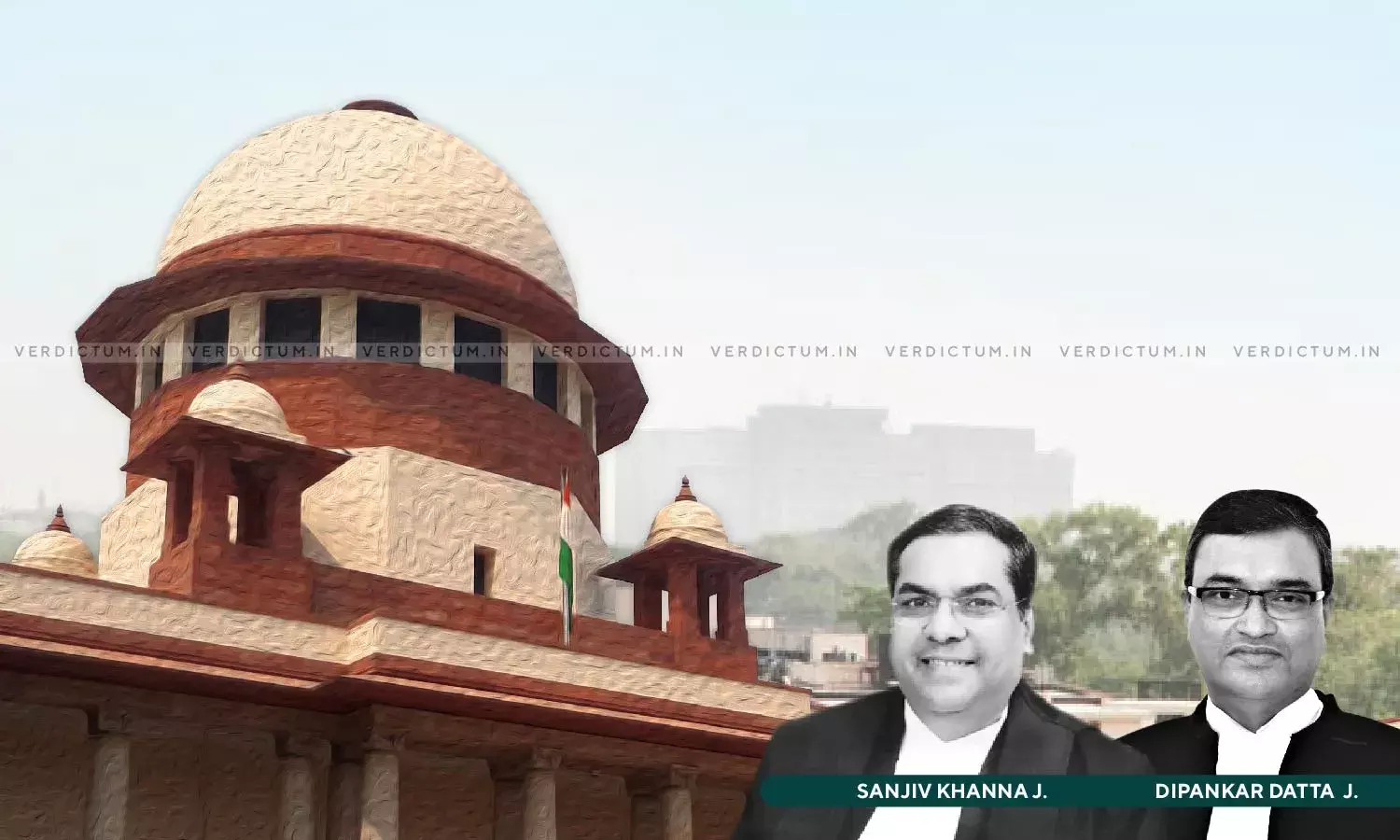Stale Claims of Contempt Camouflaged as "Continuing Breach" Should Not Be Entertained: Supreme Court
The Supreme Court has observed that the legislative intent of Section 20 of the Contempt of Courts Act must be given heed, and stale claims of contempt, camouflaged as a “continuing wrong/breach/offence” ought not to be entertained.
In that context, the Bench of Justice Sanjiv Khanna and Justice Dipankar Datta observed that, "Stale claims of contempt, camouflaged as a“continuing wrong/breach/offence” ought not to be entertained, having regard to the legislative intent for introducing section 20 in the Act which has been noticed above. Contempt being a personal action directed against a particular person alleged to be in contempt, much of the efficacy of the proceedings would be lost by passage of time. Even if a contempt is committed and within the stipulated period of one year from such commission no action is brought before the court on the specious ground that the contempt has been continuing, no party should be encouraged to wait indefinitely to choose his own time to approach the court. If the bogey of “continuing wrong/breach/offence” is mechanically accepted whenever it is advanced as a ground for claiming exemption, an applicant may knock the doors of the Court any time suiting his convenience. If an action for contempt is brought belatedly, say any time after the initial period of limitation and years after the date of first breach, it is the prestige of the court that would seem to become a casualty during the period the breach continues."
In 2014, the first respondent filed a contempt petition due to non-compliance with a 2009 High Court order. The first respondent argued that the contempt petition was not time-barred because the non-compliance was a continuous wrong. This argument was upheld first by a Single Judge and then by a division bench of the High Court upon review.
The Apex Court specified that if an action for contempt is brought belatedly, say any time after the initial period of limitation and years after the date of first breach, it is the prestige of the court that would seem to become a casualty during the period the breach continues.
In furtherance of the same, it was said that, "Not only would the delay militate against the legislative intent of inserting section 20 in the Act (a provision not found in the predecessor statutes of the Act) rendering the section a dead letter, the damage caused to the majesty of the court could be rendered irreparable. It is, therefore, the essence of justice that in a case of proved civil contempt, the contemnor is suitably dealt with, including imposition of punishment, and direction as well is issued to bridge the breach."
The Supreme Court held that under Section 20 read with Rule 21 of the Andhra Pradesh High Court Writ Proceedings Rules, 1977, the limitation period for initiating contempt action began on May 4, 2009, two months after the High Court order was pronounced, as specified in Rule 21. This period ended on May 3, 2010.
The Court found that the High Court order was wilfully not complied with. However, it determined that enforcement of the order could only be sought within the constraints of the contempt petition.
Therefore, the Supreme Court concluded that the orders upholding the legality of the contempt petition were unsustainable in law, stating that "the orders passed by the High Court upholding the legality of the contempt petition are not tenable in the eyes of the law."
Cause Title: S Tirupathi Rao vs M Lingamaiah & Ors. (Neutral Citation: 2024 INSC 544)
Click here to read/download the Judgment



